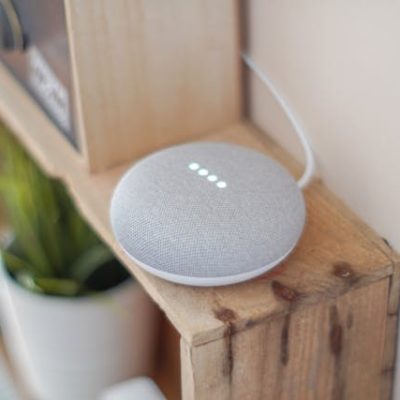Understanding a customer’s purchasing journey for any industry is imperative for business success. It’s also crucial to learn how intended customers consume their marketing and advertising mediums so you can tailor engaging strategies to reach them. This results in the desired action from your prospective customer turning them into a paying customer.

We are all consumers ourselves and often we are looking for the shortest, most convenient route to take – no different from playing a game of snakes and ladders! One wrong step or faux par from a customer journey perspective, and the customer slides down the snake (so to speak); putting us back several steps. No one wants that. We all want to feel like winners at the end of any shopping expedition and aim to get from the start to the finish line as quickly and as easily as possible.
SEO page speeds
Understanding how a customer shops, both in-store and online, is vital considering the most widely used medium today is digital. This means success online, today and tomorrow, rests on understanding the entire customer journey.
In this article, let’s consider the speed of a website alone and ascertain how this impacts positively or negatively on a customer’s shopping or “research before purchase” journey.
The Need For Web Page Speed
Page speed (the time a web page takes to load) is now a ranking factor for Google. You may ask what does page speed have to do with organic search rankings, but SEO page speeds form part of the customer journey. (That link includes loads of tips on how to improve page load times).
Think about it, when you visit a website and the page is taking more than a few seconds to load, do you get impatient and lose interest? Of course! Then what happens? We get outta there (this is called bouncing)! We are left frustrated and our customer journey experience is negatively impacted. Not only that, more often than not, we will not visit that page again and our thoughts about that particular brand or service have become tarnished. In fact, 73% of visitors to a website will not return to a website in that exact instance when pages do not load efficiently.
Bounce stats (don’t let them be snakes)
Google’s most recent research also depicts the propensity of a bounce rate increases by 32% when the page load time takes from one second to three seconds. It escalates to 90% if the page takes from one second to five seconds to load! And if your page takes up to ten seconds to load, the bounce rate is around 123% higher than it could otherwise be.
Improve page load times & improve sales (your ladders)
Did you know that 47% of website users believe websites and pages should load in two seconds? What is your site and each page loading in? Have you timed them?
Insights from Google highlight when poor performing page load times improve from eight seconds to two seconds, the conversion rate increases by 74%.
For search engines like Google, better organic search results also emphasises a healthy, well built site which is satisfying for customers overall (including page load times) and, therefore, is rewarded with a higher organic search ranking.
The Outtake
Basically, to improve the complete customer buyer’s journey online via your website and web pages, ensure a speedy site with quicker page load times as it increases SEO/organic web traffic, lowers bounce rates, increases conversions which results in a more positive customer voyage plus don’t forget, page speed is now a search engine ranking factor – vital for success.
In the game of snakes and ladders, these insights will help you and your customers climb the ladder in the game of positive user experiences and journeys verus having your customers face a slippery snake which puts you back a number of steps. Winning! We all want to get to the finish line quicker, so up your page speeds!





